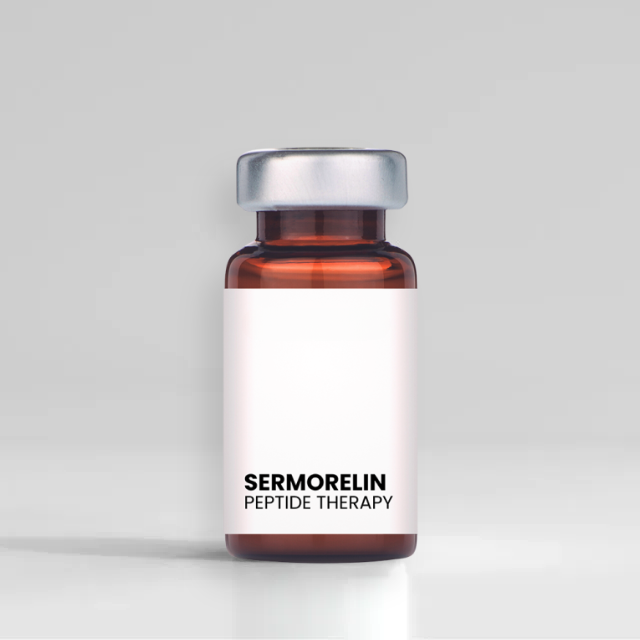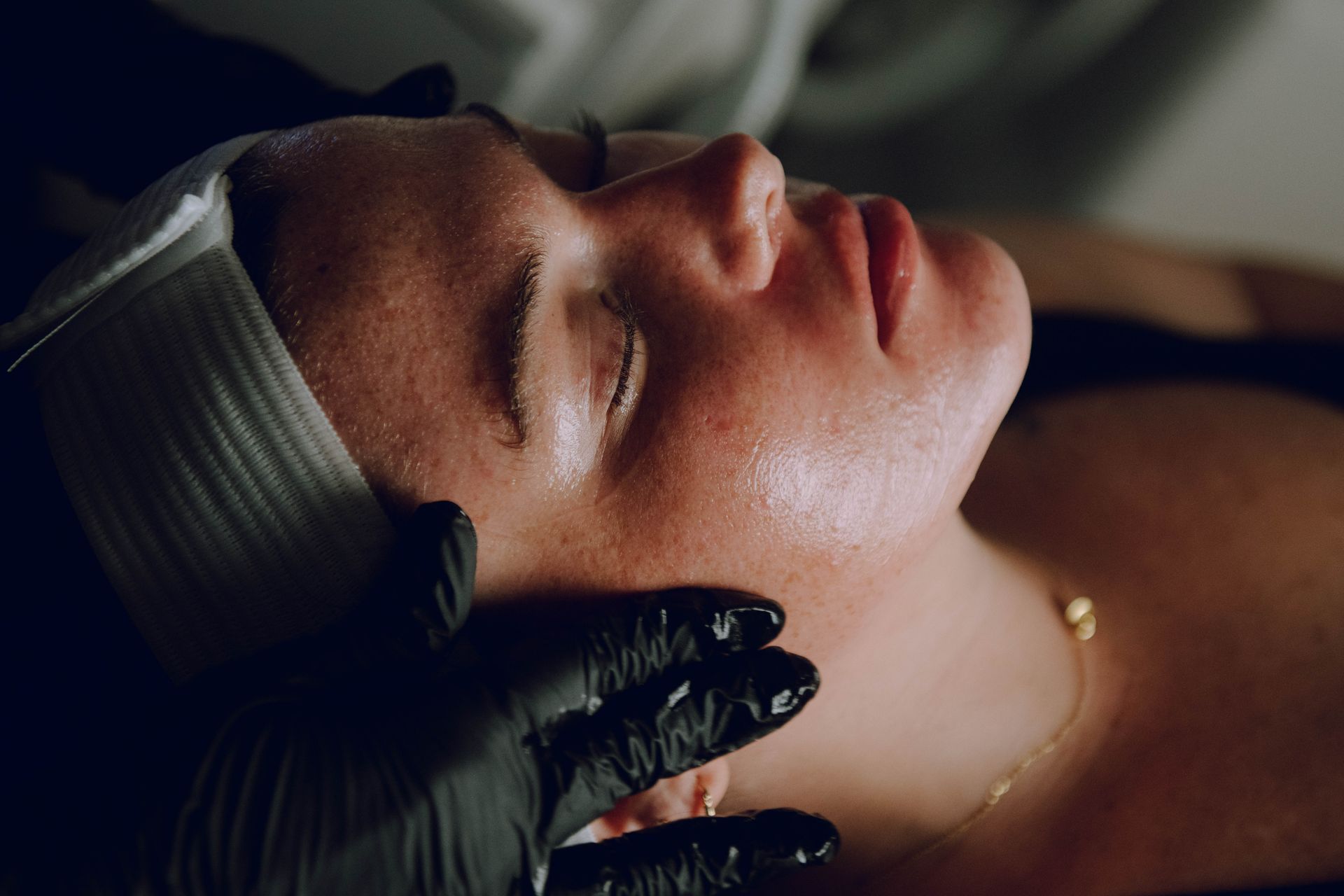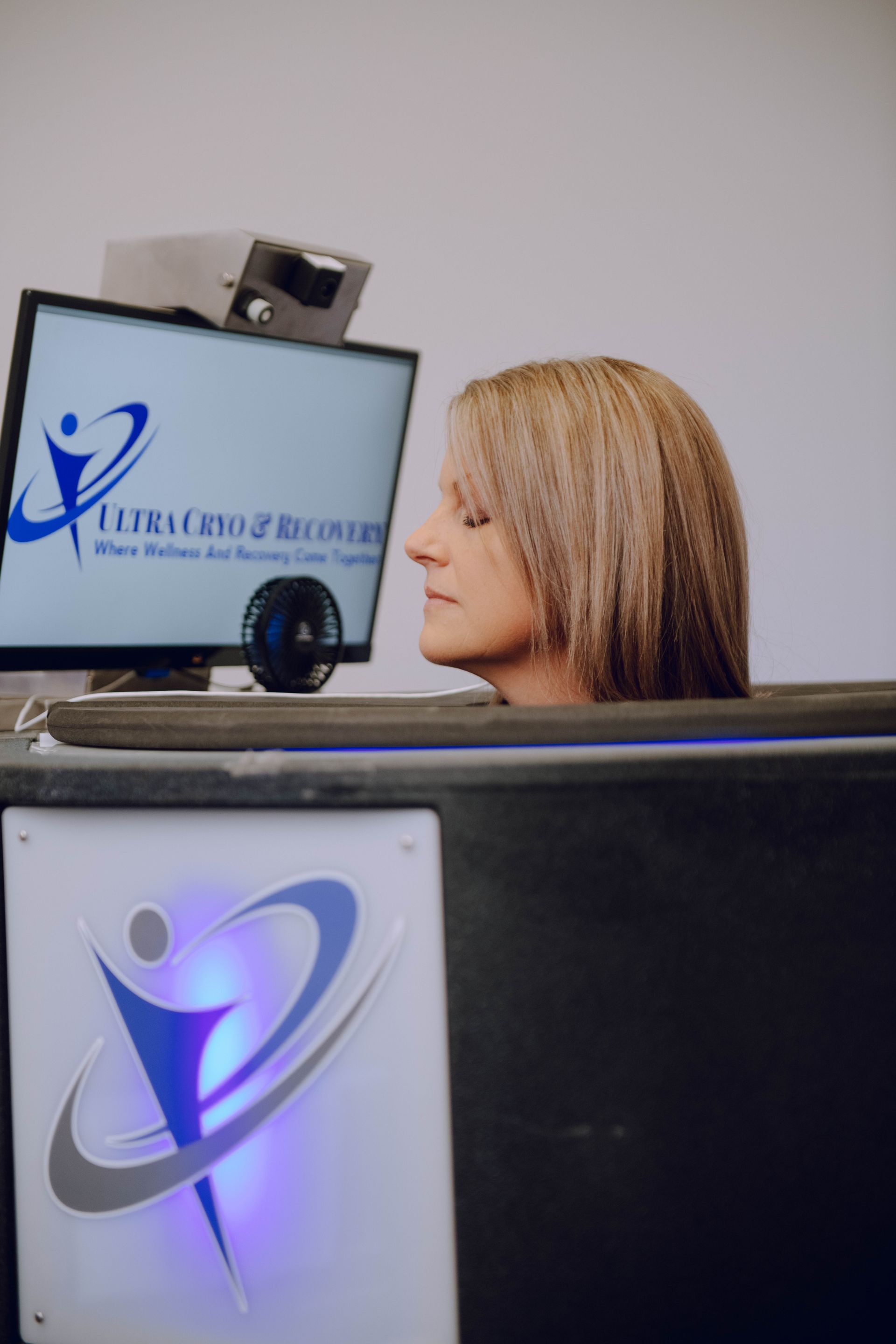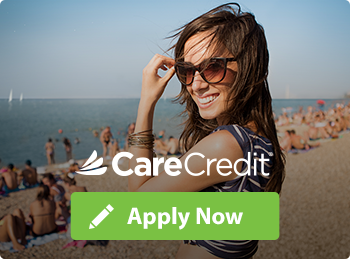Cryotherapy for Rosacea

Cryotherapy and Rosacea
Traditional treatments for Rosacea include topical and oral medications, laser therapy, and lifestyle modifications. Cryotherapy presents itself as a non-invasive alternative or complementary treatment to these methods.
Unlike some medical treatments that may have side effects or require a long-term commitment,
cryotherapy sessions are quick and generally well-tolerated.
While cryotherapy is a relatively new approach to treating Rosacea, preliminary studies and anecdotal evidence have shown encouraging results. Some case studies report a noticeable reduction in facial redness and improvement in skin texture among Rosacea patients after undergoing cryotherapy sessions.
However, it's important to note that research in this area is still evolving, and cryotherapy may not address all aspects of Rosacea, such as the underlying causes or certain types of lesions. Therefore, it's often most effective when used in conjunction with other treatment methods, as part of a comprehensive Rosacea management plan, but may not work for everyone.
As with any treatment, responses can vary based on the individual's skin type and the severity of the condition.
Benefits of Cryotherapy for Rosacea
Cryotherapy, known for its use in reducing inflammation and redness, offers potential benefits for those with Rosacea. By exposing the skin to extremely cold temperatures, cryotherapy can constrict blood vessels, temporarily reducing the redness and flushing associated with Rosacea.
Additionally, this treatment can soothe irritated skin, providing relief from the burning and itching sensations often experienced by Rosacea sufferers. The cooling effect of cryotherapy may also help in stabilizing the skin’s temperature, which can be particularly beneficial as temperature fluctuations are known triggers for Rosacea flare-ups.
How to Prepare for Cryotherapy as a Rosacea Sufferer
Not every case of Rosacea will respond the same way to cryotherapy. Factors such as the severity of your symptoms, skin sensitivity, and any concurrent skin treatments should be considered.
It's essential to understand your specific type of Rosacea - whether it's characterized more by redness and flushing or by acne-like breakouts - as this can influence how your skin might react to the extreme cold. Keeping a record of your Rosacea triggers and symptoms can also help discuss your condition during your intake session.
For every cryotherapy patient, it's crucial to hydrate well before your session, as well-hydrated skin responds better to cold temperatures. On the day of your appointment, cleanse your skin to remove any makeup, oils, or lotions, as clean skin reacts more effectively to the treatment. Dress comfortably and consider bringing a warm hat or headband to protect your hair and ears, especially if you're undergoing whole-body cryotherapy.
Answers to Common Questions About Cryotherapy for Rosacea
In summary, cryotherapy offers a promising option for those seeking relief from the symptoms of Rosacea. This innovative treatment, known for its cooling effect, has shown potential in reducing redness, inflammation, and discomfort associated with this chronic skin condition.
While individual responses may vary, cryotherapy offers a non-invasive alternative or complement to traditional Rosacea treatments. It's important to remember that a tailored approach, considering your specific type of Rosacea and skin sensitivity, is crucial for the best results.
If you're intrigued by the potential benefits of cryotherapy for Rosacea, we strongly encourage you to book an appointment at Ultra Cryo & Recovery. During your consultation, our team can help you understand how cryotherapy might fit into your overall skin care regimen and answer any further questions you may have.
For more information, inquiries, or to book a consultation, please feel free to
call us at (863) 221-4337 or book a cryotherapy appointment online.




















